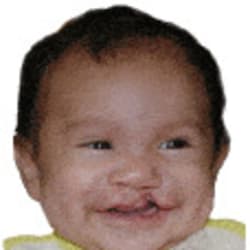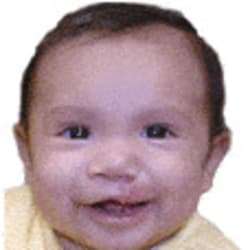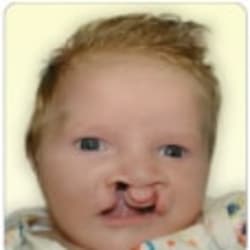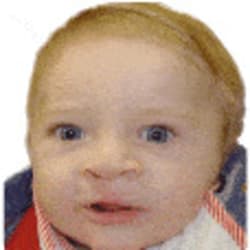Already Have a Diagnosis?
Learn what to expect during the treatment process and how to care for your baby with the support of Dr. Loo at Braced in BC.
Cleft & Craniofacial Treatment
A cleft lip or palate can be successfully corrected with surgery and orthodontic treatment.
A pediatrician and plastic surgeon work with a child’s parents to choose the best timing for surgery. Any surgical procedure depends on a child’s general health and the nature of the cleft lip or palate.
Most surgeons agree that a cleft lip should be repaired by three months old. To repair the partition of the mouth and nose as early as possible, a cleft palate is generally repaired between the ages of 12 and 18 months.
Children with clefts usually continue to receive treatment after surgery, including dental care and speech therapy.
Pre-Surgical Orthopedics
Pre-surgical orthopedics narrows the gaps in the mouth, improves the symmetry of the nose and minimizes the size of the scar from the surgery.
Before surgery, your baby will be required to wear a small acrylic plate, nose stent, and lip tape designed to prepare your baby for the best surgical result. With some exceptions, lip surgery usually takes place at approximately three to five months of age.
Before surgery, your baby will be required to wear a small acrylic plate, nose stent and lip tape designed to prepare your baby for the best surgical result.
The second phase of pre-surgical orthopedics focuses on encouraging the roof of the mouth to close naturally before palate repair surgery at 9 to 12 months.
Conditions We Treat
Dr. Loo and the Cleft Palate & Craniofacial team work with our patients and their families to develop treatment plans that address each patient’s specific condition, symptoms and needs.




